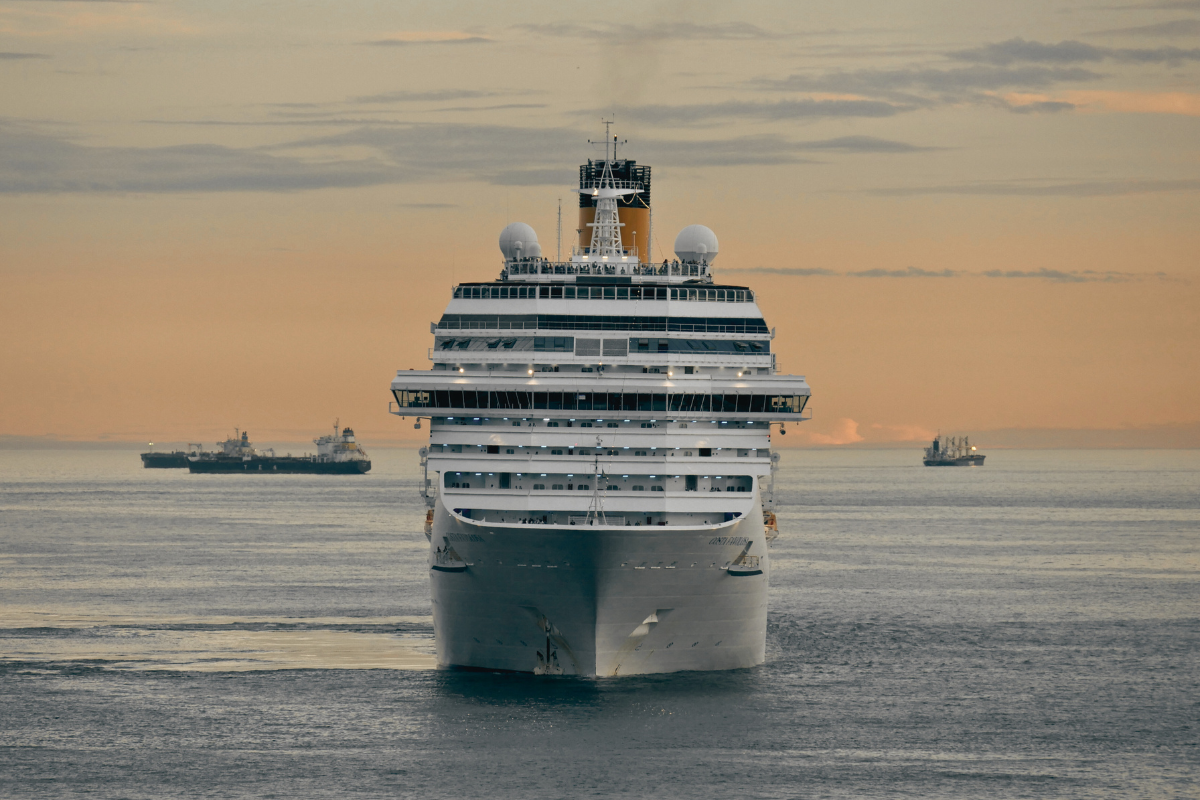WST News: Ever wondered how something as massive as a ship can float on water? It’s a fascinating mix of physics, engineering, and a bit of maritime magic. Let’s explore the science behind ships and uncover the secrets that keep these giants afloat and on course.

How Buoyancy Keeps Ships Afloat
The science to a ship’s ability to float is a force called buoyancy. Buoyancy is what makes things float. It’s all about the balance between the weight of the ship and the water it pushes aside.
Here’s the deal: When a ship enters the water, it pushes water out of the way. According to Archimedes’ principle, the buoyant force acting on the ship is equal to the weight of the water displaced. If this buoyant force is greater than the weight of the ship, the ship floats. Simple, right? That’s why shipbuilders design hulls with large volumes—to displace enough water to keep these massive vessels buoyant.
Does the Hull Design Matters?
Now, let’s talk about the hull—the watertight body of the ship. The shape of the hull plays a critical role in a ship’s buoyancy and stability. Most ships have a V-shaped or rounded bottom hull, which helps distribute the weight and increase displacement. This design ensures that the ship remains stable and doesn’t tip over easily.
Moreover, modern hulls are designed to reduce water resistance, also known as drag. Less drag means the ship can move more efficiently through the water, saving fuel and increasing speed. So, the sleek design you see isn’t just for aesthetics; it’s a crucial element of maritime engineering.
Are the Materials for Ships Matter?
The materials used in shipbuilding have evolved significantly over the centuries, a testament to human innovation. Early ships were made of wood, which is buoyant and relatively easy to work with. However, as ships grew larger and heavier, stronger materials became necessary.
Today, most ships are made from strong materials like steel and other alloys. These materials can carry heavy loads without breaking. Plus, steel can be shaped into large, thin panels, which is perfect for making the big hulls of modern ships.
Propulsion
Floating is just one part of the equation. Ships also need to move. Modern ships use powerful engines for propulsion. Most large vessels rely on diesel engines, which are highly efficient and provide the necessary power to move thousands of tons of cargo.
The propeller, often referred to as the screw, is another vital component in the science behind ships. It converts the engine’s power into thrust, pushing the ship forward. The design and size of the propeller are carefully calculated to maximize efficiency and speed.
Navigation
Navigating the vast oceans requires advanced technology and precise instruments. Modern ships are equipped with GPS, radar, sonar, and other sophisticated tools that help captains steer safely through all kinds of weather and sea conditions.
The rudder, a flat piece of metal at the back of the ship, is crucial for steering. By changing the angle of the rudder, the captain can change the ship’s direction. It’s a simple but very effective way to steer the ship, and it’s been used for a long time.
Conclusion: The Marvel of Maritime Engineering
The science behind ships is a blend of buoyancy, design, materials, propulsion, and navigation. Each component is a testament to human ingenuity and our ability to harness the power of nature. So, the next time you see a ship gliding gracefully across the water, you’ll know there’s a whole lot of science and engineering keeping it afloat and on course.
read more: Future World Where Art Meets Science





















